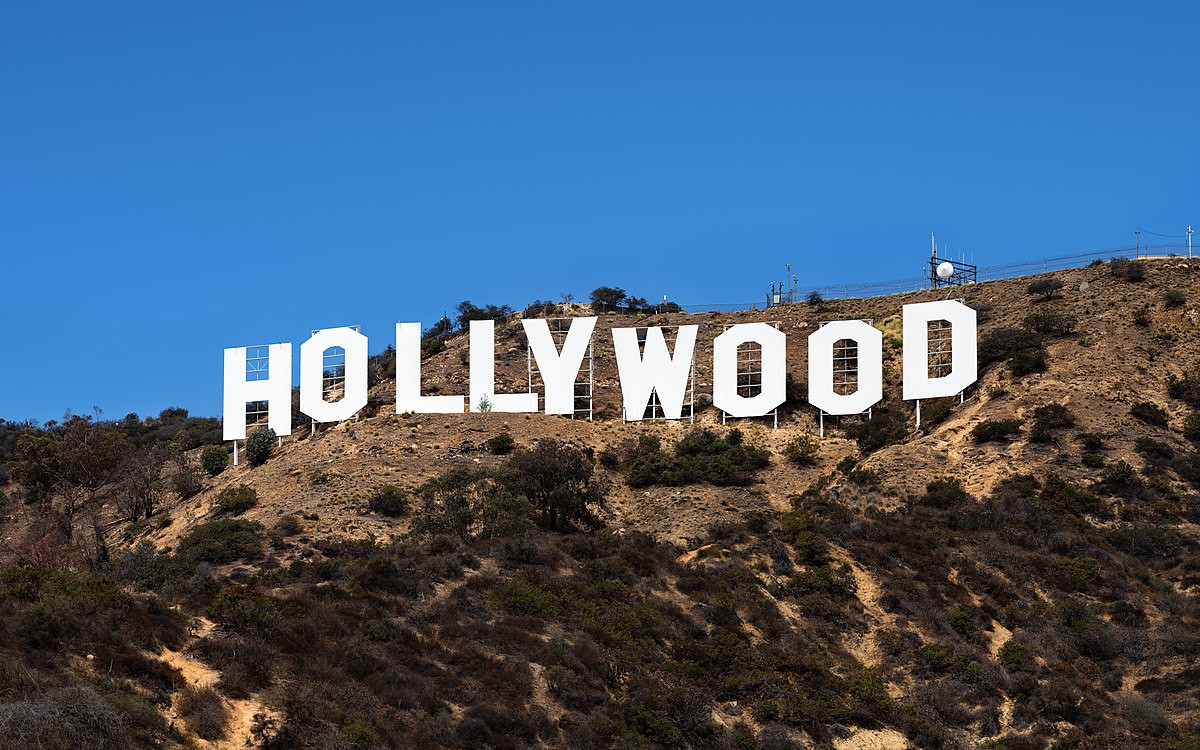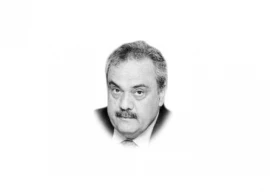
In the glittering world of teen cinema, few tropes have proven as enduringor as problematicas the magical makeover. It's a tale as old as time: take one "ordinary" girl, add a montage of hair, makeup, and wardrobe changes, and voilà! A swan emerges, ready to conquer high school halls and snag the heart of the resident heartthrob.
From frizzy-haired princesses to artsy outsiders, Hollywood has a long history of "fixing" what was never broken. The teen makeover trope has been a Hollywood staple for decades, but not all transformations are created equal. Let's dive into four of the most problematic makeovers that left us questioning everything we thought we knew about "glow-ups."
1. Mia Thermopolis
In 2001, The Princess Diaries introduced us to Mia Thermopolis (Anne Hathaway) a frizzy-haired teen with a royal secret. Her makeover scene, complete with eyebrow plucking and hair straightening, was meant to be a Cinderella moment. Instead, it was a missed opportunity of royal proportions. And the real crown jewel? Mia didn't exactly need a complete overhaul.
What she truly needed was a proper curl care routine. Imagine if, instead of subjecting her hair to heat damage, the film had embraced her natural texture. A good haircut, some hydrating products, and a diffuser could have transformed Mia's curls from unruly to regal.
In a world now celebrating natural hair textures, The Princess Diaries could have been ahead of the curve (pun intended). Instead, it reinforced the tired notion that straight hair is the only path to elegance. A truly revolutionary princess story would have shown that crowns sit just as well on curly heads.
2. Allison Reynolds
The Breakfast Club is an undeniable teen classic, but decades after its release, a significant portion of Redditers and YouTube commenters will encourage you to speak the truth: the film did Allison Reynolds dirty. The beloved "basket case" of the 1985 film (played by Ally Sheedy), Allison's makeover is one conspicuous example where 'enhancement' borders 'erasure.
Ironically, the makeover is inspired by a moment of bonding among the group, where Andrew (Emilio Estevez) and the others, in a misguided attempt to bring out the "real" Allison, decide to give her a complete style overhaul.
The issue isn't just aesthetic, although the sickly sweet schoolgirl look remains a disaster in retrospect. Allison's dark clothes and smudged eyeliner told a story of rebellion, emotional depth, and a keen awareness of her outsider status. Instead of enhancing her individuality, all the pink sweater and 'clean girl' makeup did was transform her into a watered down version of Claire Standish (played by Molly Ringwald).
Joke is on Claire, though; Allison's grunge look would have felt right at home only a decade later, signaling a shift in fashion and cultural attitudes.
3. Laney Boggs
She's All That (1999) took the makeover trope to new levels of absurdity with Laney Boggs' transformation. Portrayed by Rachael Leigh Cook, the premise of this 1999 teen classic is familiar: a popular jock, played by Freddie Prinze Jr, bets he can turn the artsy misfit into the prom queen. Laney starts out as the quintessential "ugly duckling," complete with oversized clothes, chunky glasses, and a perpetually messy ponytail.
Fast forward to her makeover, and what do we see? A tight red dress, a dab of makeup, andshockinglycontact lenses. The anticlimactic nature of this transformation is hard to ignore; after all the buildup and anticipation, Laney's reveal feels less like a grand unveiling and more like a simple wardrobe switch.
Compared to other more extensive makeovers, Laney's case could have been commended for letting her be herself with a 'less is more' approach. Unfortunately, there are too many starstruck eyes following the makeover. The message is clear. Just a little polish can turn anyone into a prom queen, which is not only unrealistic but also dismissive of the complexities of teenage identity.
4. Tai Frasier
Among its many charms, Clueless (1995) gave its audience a whole catalogue of iconic outfits, courtesy of its well-meaning airheaded protagonist, Cher Horowitz (Alicia Silverstone). Tai Frasier (Brittany Murphy) starts as a quirky new girl at school with a unique sense of style. Then Cher happens.
Given our fashion-forward heroine's penchant for meddling, it's no surprise that she decides to "fix" Tai's look. Cher gives Tai a complete wardrobe overhaul, swapping her laid-back vibe for a chic, polished aesthetic. While the intention is admirablehelping Tai fit into the social scenethe outcome raises significant questions about authenticity and peer pressure.
This makeover, while glamorous, is layered with irony; Tai's transformation comes at the cost of her individuality. The chic outfits may elevate her social standing, but they also signal a loss of her original self. Post-makeover Tai loses her authenticity in a whirlwind of designer clothes and affected speech.
What makes this transformation particularly insidious is how it's initially presented as positive. Tai gains popularity, but at the cost of her genuine personality. It's only when she starts to mimic Cher's less admirable traits that the downsides become apparent.

1732013245-0/now-you-see-me-(1)1732013245-0-405x300.webp)
1730959638-0/trump-(19)1730959638-0-165x106.webp)



1732004244-0/Untitled-design-(13)1732004244-0-270x192.webp)
1732002444-0/Express-Tribune-(4)1732002444-0-270x192.webp)










COMMENTS
Comments are moderated and generally will be posted if they are on-topic and not abusive.
For more information, please see our Comments FAQ